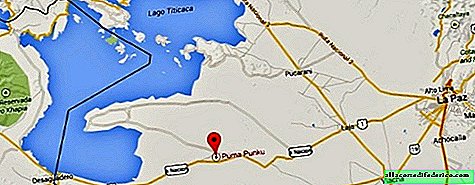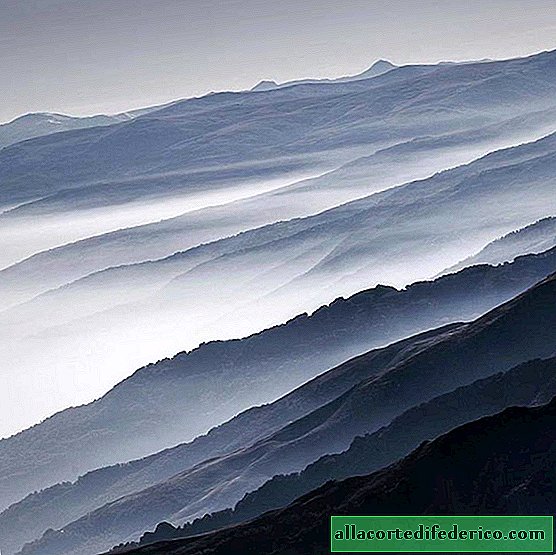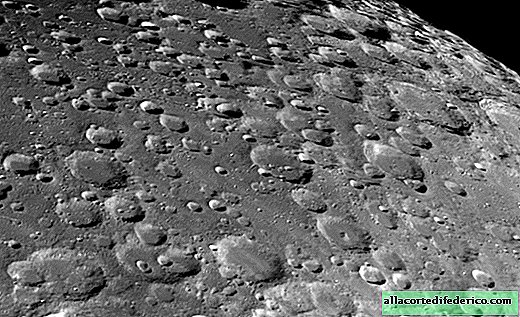The incredible Puma Punku: who built the temple complex from amazing blocks
In South America, many ancient cities were found that were built long before the arrival of the conquistadors and, possibly, without the participation of the indigenous Indian population. One of these cities is Puma Punku, whose ruins are located in Bolivia, near the famous Lake Titicaca.

The ruins of Puma Punku are located next to another ancient complex of structures - Tiwanaku. Translated from the Quechua Indians, Puma Punku means "Puma Gate".

The Puma Punku complex itself combines the remains of several buildings, which are composed of megalithic blocks of different sizes and very interesting shapes. On massive stone blocks, you can find holes and curly faces that were made using technologies that the Indians did not own at the time the Spanish conquerors arrived in this Andean region.

Experts note that many blocks have an unusual structure, and their faces are processed in such a way that they can dock with neighboring blocks without the use of any solutions. For this reason, the Puma Punku complex raises many questions, the answers to which have not yet been obtained.

The complex is located on a small hill, possibly of artificial origin. The site itself, whose dimensions are 116 by 167 meters, is surrounded by megaliths, and the largest of the blocks found here has dimensions of 7.8 meters by 5.17 meters. According to experts, the weight of this megalith of red sandstone is about 130 tons.

Archaeologists who conducted excavations on the territory of the Puma Punku complex believe that it began to be built in the VI century AD. According to seismic data, underground, in the vicinity of Puma Punku, are the remains of some structures, which have not yet been investigated in more detail.

Scientists have found that the blocks of red sandstone from which the buildings were built in Puma Punku were delivered to the construction site from a quarry located 10 kilometers away. But how the ancient builders delivered such a number of blocks to Puma Punku, scientists have not yet been able to find out: none of the versions is considered reliable.

Another interesting feature of the Puma Punku complex is the presence of T-shaped fastening elements, which served to connect the stone blocks. The analysis of the T-shaped screeds found during excavations showed that they are made of an unusual alloy of copper, nickel and arsenic.

As a result of the excavations, no traces of local settlements were found. This circumstance, according to scientists, suggests that this place was rather used for ritual purposes and served as a place of pilgrimage. But the question of who built this complex remains open.


















